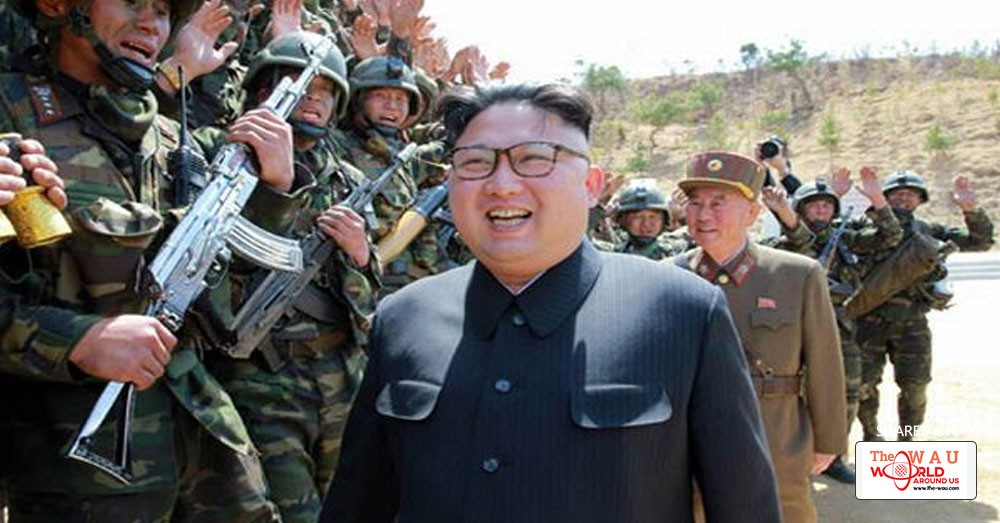THERE are 321 monitoring stations around the world all designed with one common goal.
The International Monitoring System (IMS) uses four technologies to monitor nuclear activity in countries including North Korea.
Unsurprisingly some of these stations are located within our own borders and play a powerful role in monitoring rogue nations.
In a piece for The Conversation, Trevor Findlay, Senior Research Fellow Department of Social and Political Sciences at the University of Melbourne reveals the key role Australia plays.
Dr Findlay writes Australia hosts six seismic, two infrasound, and one hydroacoustic station, including a large seismic array and infrasound station at Warramunga in the Northern Territory.
DETECT AND RELAY
The Vienna-based Comprehensive Test Ban Treaty Organization (CTBTO) uses the IMS to detect nuclear tests around the world.
This means if Kim Jong-un decides to conduct another nuclear test there are several monitoring stations in Australia which could potentially pick up this abnormal activity.
According to Dr Findlay its monitoring system, which began construction in 1996, is “sensitive enough to detect underground nuclear tests below 1 kiloton”.
The CTBTO picked up the September 3 blast detecting a seismic magnitude of 6.1 and a blast yield of 160 kilotons.
Data such as this is picked up is transmitted to Vienna via satellite where it is analysed and distributed to member states.
The CTBTO’s International Monitoring System is basically designed to verify compliance with the 1996 Comprehensive Nuclear Test Ban treaty.
POWERFUL TOOL
According to Associate Professor at Australian National University’s Strategic and Defence Studies Centre Dr Stephan Fruhling, the monitoring system is hugely beneficial.
“The technologies used by the monitoring system (seismic, infrasound, and radionucleides) were all used developed the Cold War to monitor other countries’ nuclear tests, and/or are also the same as used in geophysical monitoring,” he said.
However, it has a much more vital function.
“The main innovation of the CTBTO system is that it makes all raw data freely available, which means that all member states have now access to a global detection system that is meant to give confidence that the treaty is effective, whereas before only the superpowers had such capabilities,” Dr Fruhling said.
He also said the system is operating “even though the CTBTO itself isn’t actually legally in force, and probably never will be.”
Dr Fruhling said the system was very effective and expects it to become even more so over time as sensors and computing improve and the last few stations come online.
He said the system wasn’t perfect.
“There are some limits to the system in terms of very low-yield tests, especially where reduced enrichment fuels are used that do not produce a full yield but still a useful neutron flux to validate a weapons design,” he said.
“However, this is something that is of more use to the advanced nuclear powers who have a lot of experience and access to past testing data, than it is to a new proliferant like North Korea.”
AUSTRALIA’S ROLE
Nuclear disarmament campaigner John Hallam said the system and Australia’s role in it was actually quite remarkable.
Set up by former diplomat Burkina Faso Lassina Zerbo has set up this global monitoring system “with bugger all resources.”
Mr Hallam said the system has managed to not merely detect, but diagnose every North Korea test right from their first which was just a fraction of a kiloton.
“Australia plays quite a key role, mainly with the big seismic and infrasound array at Warramunga and the Hydroacoustic station at Cape Leeuwin,” he said.
“The CTBTO manages to do amazing work not only in detection of nuclear blasts, but also in detecting earthquake and volcanic activity and a secondary role as a tsunami early warning network.”
However Mr Hallam said the current policies of the US threaten all of that as the CTBTO has been in effect “boycotted” by the Government, despite being the first to actually sign it.
Share This Post



















